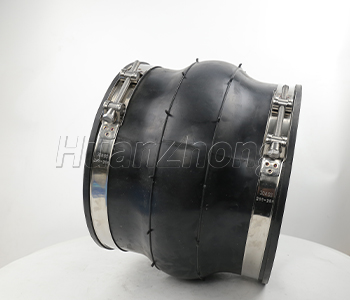CR and PTFE are similar in some way but still of different features, which result in different functiond. As they are both commonly used in rubber joint, how to distinguish CR and PTFE is important in rubber joint buying.
Chloroprene rubber is one of the more common rubber, with oil resistance, heat resistance, flame resistance, resistance to sunlight, ozone resistance, acid and alkali resistance, the excellent properties of chemical reagents as other rubber products. The performance of CR is just after EPDM,CR is the most common products such as hair, rubber band, etc. PTFE is commonly known as plastic king. A high degree of crystallinity, no plasticity, cutting forming behind the corner of the waste is generally not to do the same again product model, common in high temperature above 200 degrees of continuous use, non stick pan coating except resin generally contain more than 5% of the PTFE. The C-F bond is the highest of all molecules, resulting in the chemical stability and the non viscosity of PTFE under most conditions. CR is more common, chemical synthesis is relatively easy, PTFE price is much higher than CR.
Gongyi HuanZhong Pipeline Equipment Company is a professional manufacturer in Rubber Expansion Joint, and other Pipe Accessories manufacturing with more than 20-year experience. CR and NBR are the common material used in reducing rubber expansion joint producing.
